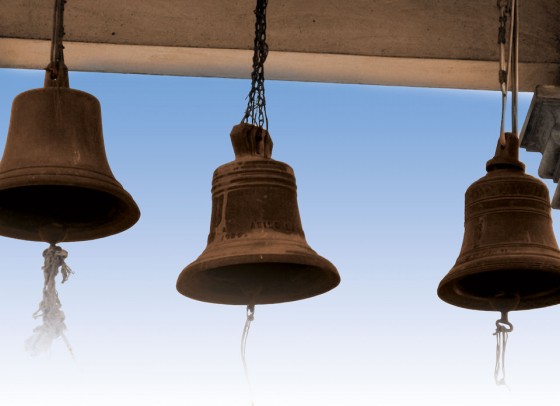Bronze
You can see it, hear it, taste and smell it, even touch it. All the senses get involved with bronze in Guatemala. Bronze metal is seen and heard in church bells, of course, and bronze tones cover the hillsides in the reddish-brown fields of peanut and wheat. Light tan coffee beans are bronzed during roasting, giving off wonderful aromas. Then you can hold some bronze shades and taste them in brewed coffee, fresh breads, and handfuls of peanuts and macadamia nuts, all grown here. In the markets, you can spot several flowers in bronze tones, as well as some bronze-tone nursery plants ready for export.
The alloy of copper, tin, and other metals that we call bronze can be traced 6,000 years back to its discovery in Iran and China. On its own, Mesoamerica developed bronze too – probably coming north from the Moche and Inca peoples through Central America around 600 A.D. Little bronze rings and bells, made by the lost-wax process, have been found in Copán, Honduras; near Guatemala City in Kaminaljuyú, in Quiriguá and Tikal; and north near the Mexican border at Huehuetenango’s Zaculeu site.
The ancient Maya must have liked the brilliant sounds and colors evoked through the movement of bronze adornments. Then the Spanish conquerors brought bronze church bells, and Guatemalans copied and molded their own bronze bells. The Spanish mixed about a quarter tin to three-quarters copper for their bronze. They knew that the more tin, the more the timbre drops. Some of the largest bells in La Antigua Guatemala churches, such as at La Merced and Escuela de Cristo, came from Spain and are about 30 percent tin. In Guatemala, bell-makers found they could add some silver to the alloy for bigger bells, and keep the timbre lighter. Listen around Antigua at the bells calling to morning and evening prayers and you’ll hear bronze sounding over two full octaves, Spanish imports and homemade.
Guatemalan craftsmen continue to mix and mould bronze into ornaments and signs. In the craft market stalls, you can buy bronze both new and old. Fancy antique and funky sidewalk shops sell bronze candlesticks, snuffers, and ornaments. Meanwhile, do enjoy bronze for free in its other forms—bronze bougainvillea hanging over white walls, bronze coffee to taste and smell, all the church bells, and little hillside farms with their bronze-toned crops.
